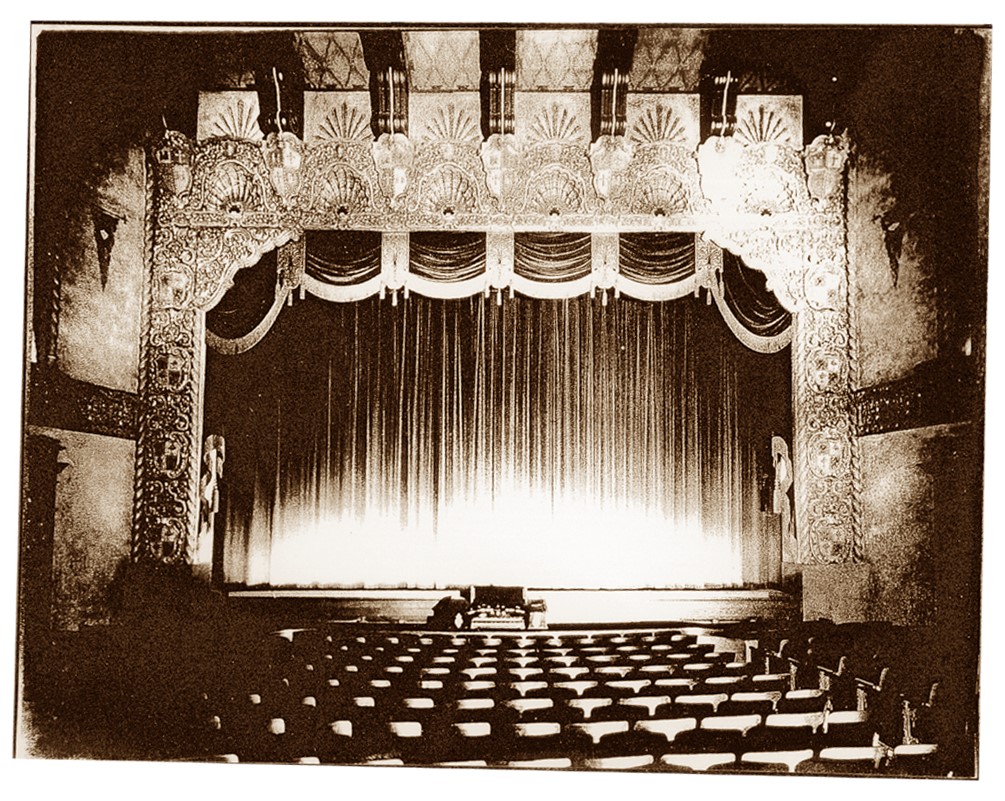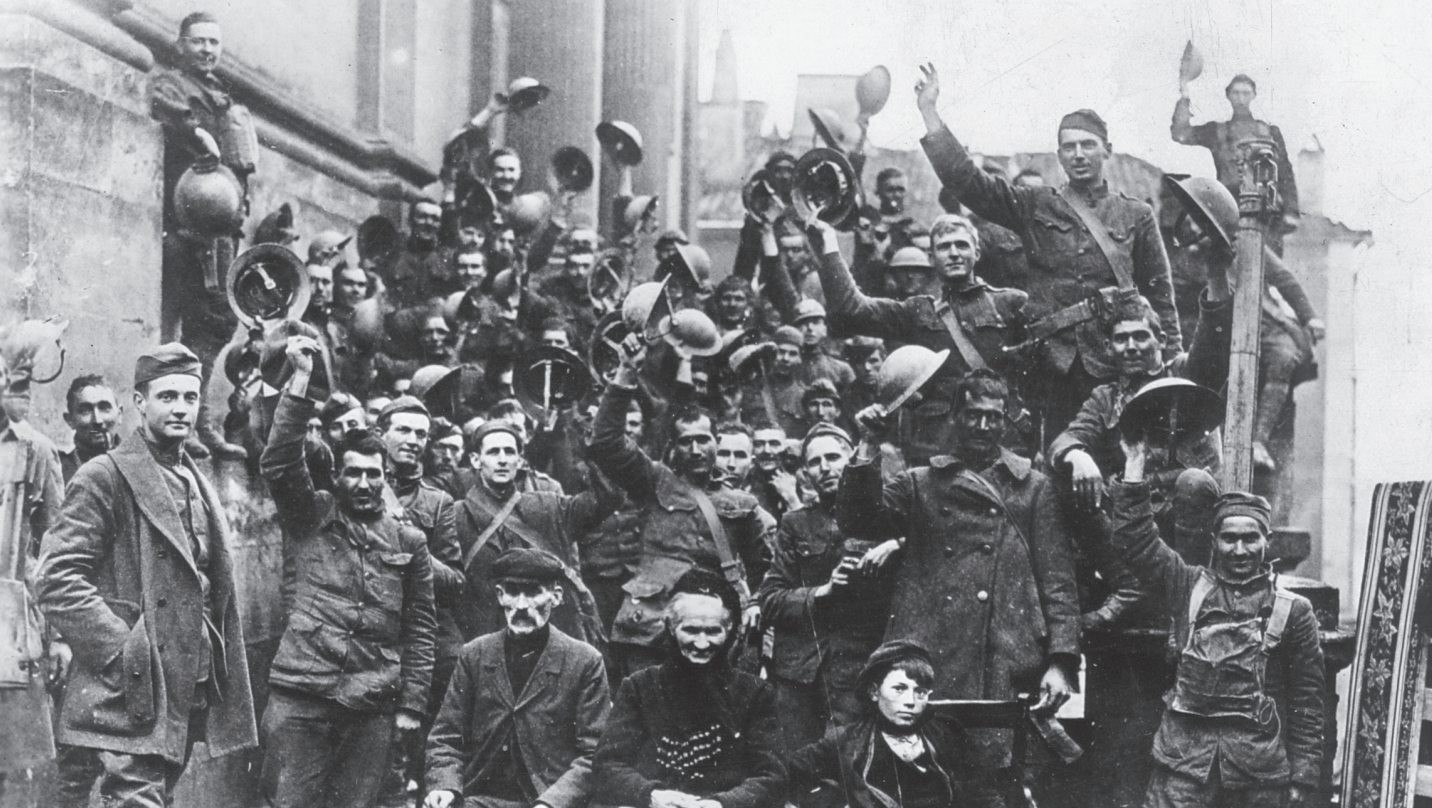

Performing Arts
The Emporia Granada Theatre Alliance
Emporia, Kan.
Key Takeaway
The Emporia community was at a crossroads: Close down the iconic theater and let developers take it over or launch a campaign to preserve a piece of history. Their decision to undergo a campaign and save the Emporia Granada Theater not only restored the historic building, but it built excitement for other downtown improvements.
Following a successful campaign, the town built a new $18-million courthouse and a $2-million streetscape. Over a seven-year period, more than $35 million was invested into the community following the Theater’s monumental turnaround.
”
Our Kinetic consultant said it would take awhile for donors to get to the believable zone. The milestone for us, he said, was to secure an out-of-town challenge grant like the Mabee Foundation. It would change some minds and help motivate people. He was right.
”
Vickie Hayes-Walworth
EGTA executive director
The Emporia Granada Theatre Alliance’s “Community Keystone Campaign”
The Emporia Granada Theatre Alliance (EGTA) knows the value of a campaign assessment. Had Alliance members not completed an assessment, they would not have waged a successful campaign that ultimately raised $2.8 million for the Emporia Granada Theatre.
“When we started, the volunteer leadership thought it was going to be a campaign to save and preserve the Granada Theatre,” said Randy Mathews, former EGTA executive director. “The campaign saved the Granada, but it ended up being more than a preservation project.”
The EGTA had come together in 1994 to prevent a wrecking ball from demolishing the Spanish Colonial Revival theatre. Built in 1929 for $350,000, the Granada had served as a social gathering point for seven decades before it was closed in the early 1980s.
The EGTA acquired the building and, in the first four years, completed more than $550,000 in exterior maintenance.
“We fixed the roof. We fixed cracks forming in the walls. We worked on the front façade,” said Mike Schmidt, EGTA board member and member of the campaign leadership committee. “But by 1999 it was obvious we had gone as far as we could. Serious funds were needed to finish the job and do it right. We were proud of what we had accomplished, but now we had to do something different related to raising money.”
Several false fundraising starts led the EGTA, to engage Kinetic* to determine whether a multimillion-dollar capital campaign could be successful. The EGTA agreed to complete a campaign assessment. According to Mathews, the message back from the assessment was loud and clear.
Potential donors liked the Granada Theatre for sentimental reasons. But there was no indication they would give large donations simply to rekindle memories or to have another performing arts theater in town. Emporia State University was already home to two theaters.
The local school district also had several performance theaters. The message to EGTA leadership: “Make the Granada a multipurpose facility – a place where many different organizations or businesses can conduct programs and activities. Make it a place where the community can gather in the 21st century.” Ideas for its use flowed: Workshops, seminars, anniversaries, business conventions, wedding parties – the list was endless.
“EGTA had come to a crossroads,” explained Kinetic’s president. “They could embark on a campaign to create what would come to be known as a community keystone building; they could terminate the organization and let a developer tear the building down; or they could simply watch the building deteriorate before their eyes.”
Over the course of a year a campaign leadership committee was created. It was comprised of supporters who had been involved with the Theatre since 1995 as well as new enthusiasts. The “Community Keystone Campaign” was on.
Dr. Duane Henrikson, a longtime area veterinarian, agreed to serve as chairman of the committee. Also on the campaign leadership committee were local business owners, community activists and university administrators from Emporia State University.
“For me it was about building up downtown,” said Henrikson. “I’m a native of Emporia and I believe a strong Main Street is important for a community our size. I see the Granada as an anchor and a tool for drawing people downtown on a regular basis. That is what it did when it was a movie house.”
Campaign committee member Mary Helmer echoed Henrikson’s vision for the project. “I’ve spent the last eight years helping to grow downtown Emporia,” she said. “This project was a natural.”
Not only was it a natural, it enhanced a growing list of major downtown improvements. During the past five years in Emporia an $18 million courthouse has been built and a $2 million streetscape project completed. Several new businesses moved in while a number of current businesses completed renovations. Over a seven-year period more than $35 million had been invested in downtown Emporia.
“This was just a great project for Emporia,” said Kathy Kessler, another campaign committee member. “The Theatre is in a great location; it’s a great facility. And the Theatre, in its renovated state, is sure to be a real asset to this community.”
The plan for a multipurpose Granada renovation brought early excitement and commitment to the campaign. Committee members and board members all made gifts. The Trusler Foundation made the first leadership gift.
The exhilaration created by initial success, however, was tempered after the first nine months as EGTA members began working with more skeptical members of the community.
“‘It cannot sustain itself’ was a common refrain,” said Dr. Harry Stephens, also a campaign leadership committee member.
“‘You’ll never raise $2.6 million so why should I make a gift?’ was another,” said Vickie Hayes-Walworth, EGTA executive director. “‘We want to see the arts organizations of Emporia a part of this’ was yet another.”
According to Kinetic, the EGTA campaign leadership committee was prepared for these objections. They addressed each issue presented and responded to questions.
“We tell clients they have to be prepared to answer donors’ questions,” said Kinetic president. “If it’s important enough for the donor to ask the question, the organization should think it’s important enough to spend time getting an answer.”
Thus, when someone suggested the finished Theatre would not sustain itself, the EGTA developed an appropriate business plan showing it could work.
“Our Kinetic consultant said it would take awhile for donors to get to the believable zone. The milestone for us, he said, was to secure an out-of-town challenge grant like the Mabee Foundation. It would change some minds and help motivate people,” said Hayes-Walworth. “He was right.”
The EGTA secured a challenge grant from the J.E. and L.E. Mabee Foundation (Tulsa, Okla.) and it communicated the validity of the project to naysayers. “If out-of-towners and out-of-state people think this is a good idea and can be done, we in Emporia do, too.” To educate the community and create partnerships, they engaged in conversations with the Emporia Arts Council, the Community Theatre of Emporia and such groups as the Girl Scouts and Boy Scouts, the Chamber of Commerce and the Convention and Visitor’s Bureau.
Kinetic’s team said one of the stories that best illustrates the EGTA’s commitment to working with donors and responding to questions concerned property taxes.
“A donor expressed concern about the building being off the tax rolls. He asked, ‘What does it cost taxpayers?’” said Kinetic’s consultant. “The EGTA didn’t say ‘we don’t know.’ They didn’t say ‘forget him and move on to another donor.’ They didn’t say ‘figure it out yourself.’ They went to the courthouse, did their homework, got the answer and presented it to the gentleman. A preliminary skeptic of the project, he eventually became a donor. That story speaks volumes about this campaign but also about the commitment it takes to be successful in fundraising.”
When December 30, 2003 arrived, the EGTA had secured its $416,000 Mabee Foundation challenge grant along with a $425,000 Jones Trust challenge grant. By March 2004, the organization had raised more than $2.8 million in gifts and pledges. Donors included foundations, businesses and individuals — even native sons and daughters who lived in Kansas City, Dallas, Wichita and Topeka.
“To have native sons and daughters involved was wonderful,” said committee member Sharon Stewart. “It’s good to know they still appreciate their hometown and have visions that Emporia can again be called The Athens of Kansas.”
“It’s remarkable,” said Henrickson. “More than 1,100 donors gifted more than $2.8 million to make this renovation possible. Outside of Emporia State University, I don’t think there has ever been a campaign of this size completed in Emporia. That is a tribute to the members of this campaign committee. It’s a tribute to the people of Emporia and Lyon County. I can’t adequately express my appreciation to everyone who made it happen.
*This campaign took place prior to Hartsook becoming Kinetic in 2022.


